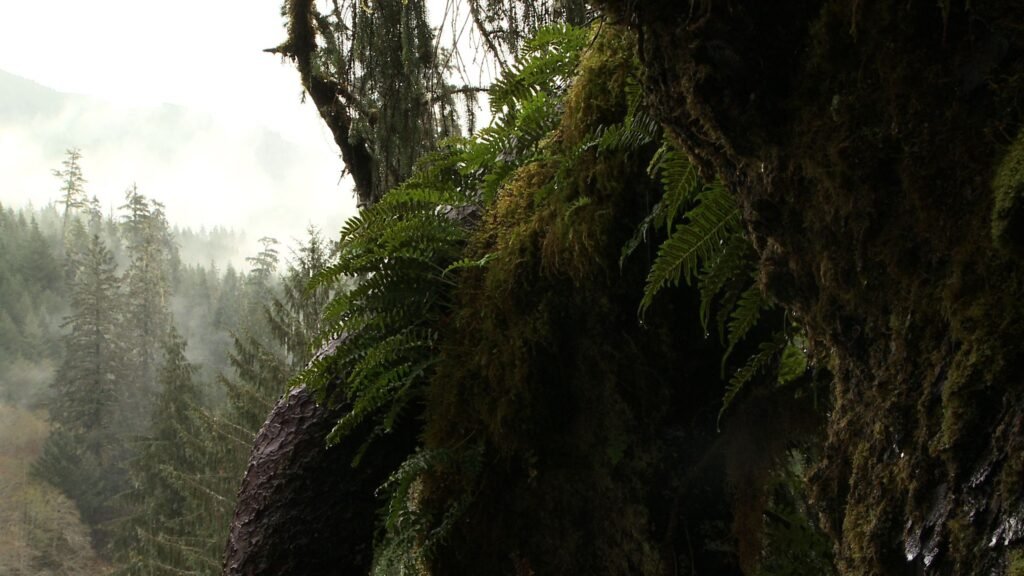Imagine standing on a stormy Welsh coast as waves crash over jagged rocks, the salty spray stinging your cheeks. Now, close your eyes and picture this same place hundreds of millions of years ago—lush and teeming with gigantic trees, their roots tangled in a prehistoric swamp, ferns brushing your knees. It sounds like a fantasy, but it’s astonishingly real: beneath the modern shoreline of Wales lies a lost world, a fossil forest frozen in time. This isn’t just a story of ancient trees, but a tale of transformation, survival, and the relentless power of nature—a secret hidden under our feet, waiting to be uncovered.
When Wales Was a Tropical Paradise
It’s hard to believe, but the land we now call Wales was once a steamy, equatorial paradise. Picture dense, green jungles, the air thick with the calls of primitive insects and the hum of dragonfly wings the size of dinner plates. Around 300 million years ago, during the Carboniferous Period, the area was much closer to the equator than it is today. Back then, swampy forests stretched as far as the eye could see, filled with colossal trees and thick carpets of moss. The climate was humid and warm, a far cry from the bracing Welsh winds we know now. It’s almost as if the past and present are two different planets, and yet they’re separated only by time.
The Carboniferous Period: Birthplace of Giant Forests
The Carboniferous Period, spanning roughly from 359 to 299 million years ago, was a golden age for plant life. This was long before the age of dinosaurs, when most of the world’s land was covered in vast, swampy forests. The atmosphere was packed with carbon dioxide, creating the perfect conditions for plants to grow larger than ever before. Towering club mosses, horsetails, and ancient ferns dominated the landscape, some reaching heights of over 30 meters. These forests were not only gigantic but also incredibly diverse, supporting a whole ecosystem of strange, ancient creatures. The air would have been thick with the scent of damp earth and rotting wood, as the cycle of life and decay played out on a massive scale.
What Lies Beneath: Discovery of the Fossil Forest
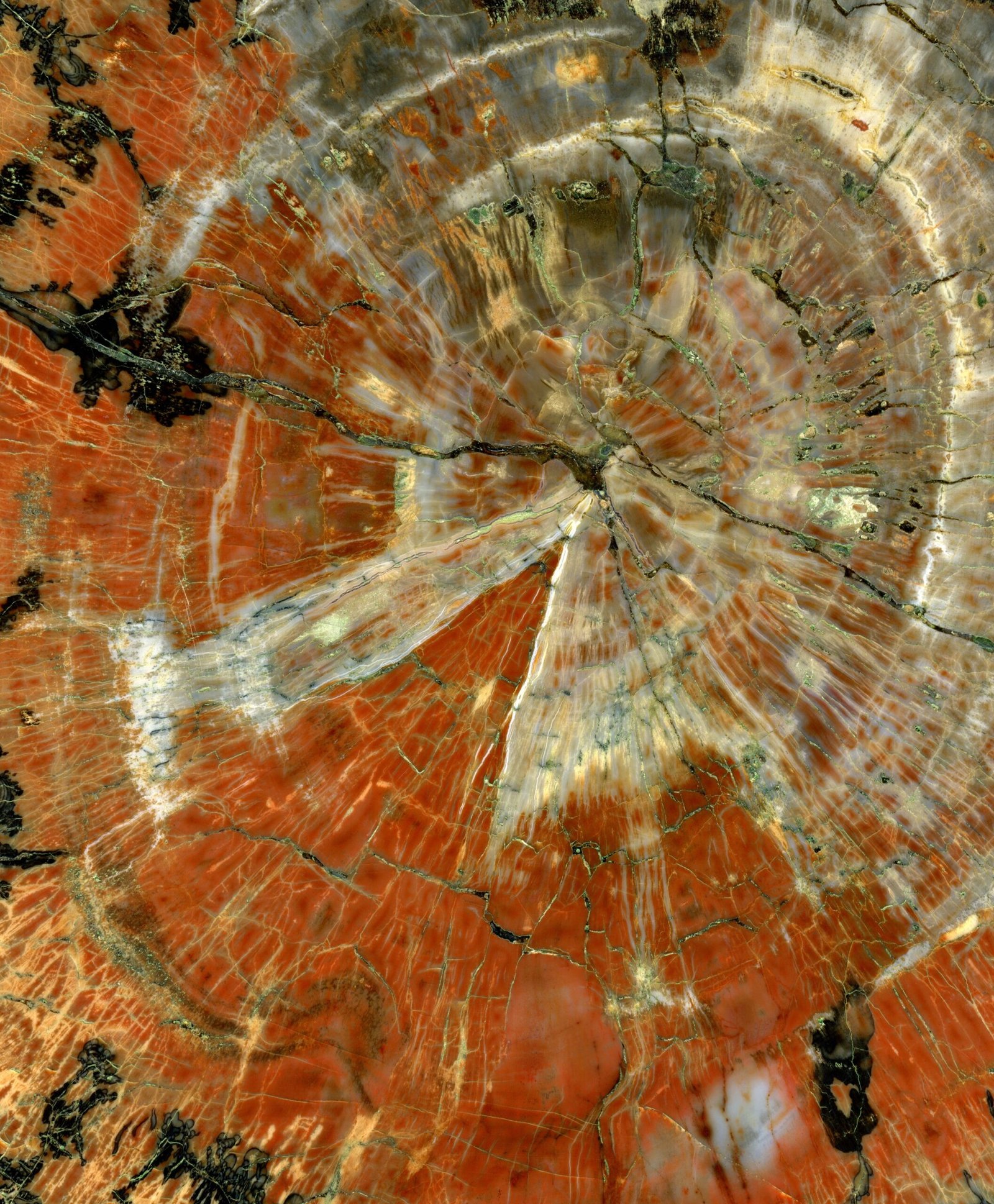
The story of the fossil forest began to unfold when fierce storms battered the Welsh coastline, peeling away layers of sand and revealing something extraordinary: the remains of ancient trees, perfectly preserved where they once stood. Locals and scientists alike were stunned to see fossilized trunks and roots embedded in the tidal flats, some still upright as if defying the passage of time. These accidental windows into the past have been found at places like Borth and Swansea Bay, where low tides and shifting sands occasionally pull back the curtain on prehistory. Discovering a fossil forest feels almost magical—it’s as if the land itself is whispering secrets from a forgotten age.
Fossilization: Nature’s Time Capsule
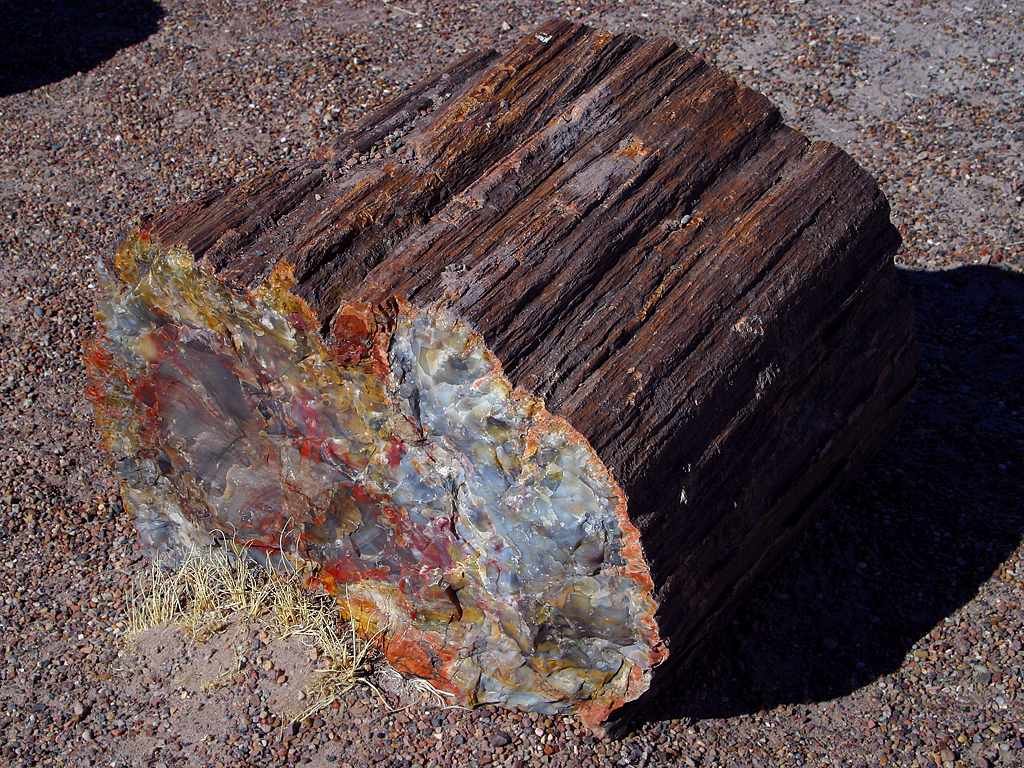
Fossilization is a process that seems almost miraculous. When the ancient trees of Wales died, their trunks and roots became buried under layers of mud and silt. Over millennia, these materials hardened, sealing the wood away from decay. Minerals slowly seeped in, replacing organic material bit by bit, until only stone remained—a perfect stone replica of the original tree. This process preserved not just the shape of the trees but sometimes even the fine details of their bark and growth rings. It’s as if nature pressed the pause button, creating a time capsule that would remain hidden for millions of years.
The Trees That Once Ruled Wales

The fossil forests of Wales were dominated by some remarkable species. Lepidodendron, for example, was a towering “scale tree” that could grow up to 30 meters tall, with diamond-patterned bark and a crown of spiky leaves. Sigillaria, a close relative, had long, straight trunks with distinctive vertical ridges, like the columns of an ancient temple. These trees didn’t grow from seeds, but from spores—tiny dust-like particles carried by the wind. Their roots formed dense, tangled mats that helped create the thick, peaty soils of the ancient swamps. Walking among these giants would have felt like stepping into another world, alien and awe-inspiring.
The Role of Swamps in Coal Formation
The ancient swampy forests of Wales did more than just support towering trees—they laid the groundwork for something that would change human history: coal. As plants died and fell into the waterlogged swamps, they didn’t rot away completely. Instead, thick layers of plant material built up, compressed over millions of years into peat and eventually into coal. This “black gold” fueled the Industrial Revolution, powering factories, trains, and ships. It’s almost poetic that the vanished forests of deep time became the energy source that shaped our modern world. Every lump of coal holds the ghost of an ancient tree.
Ancient Ecosystems: More Than Just Trees
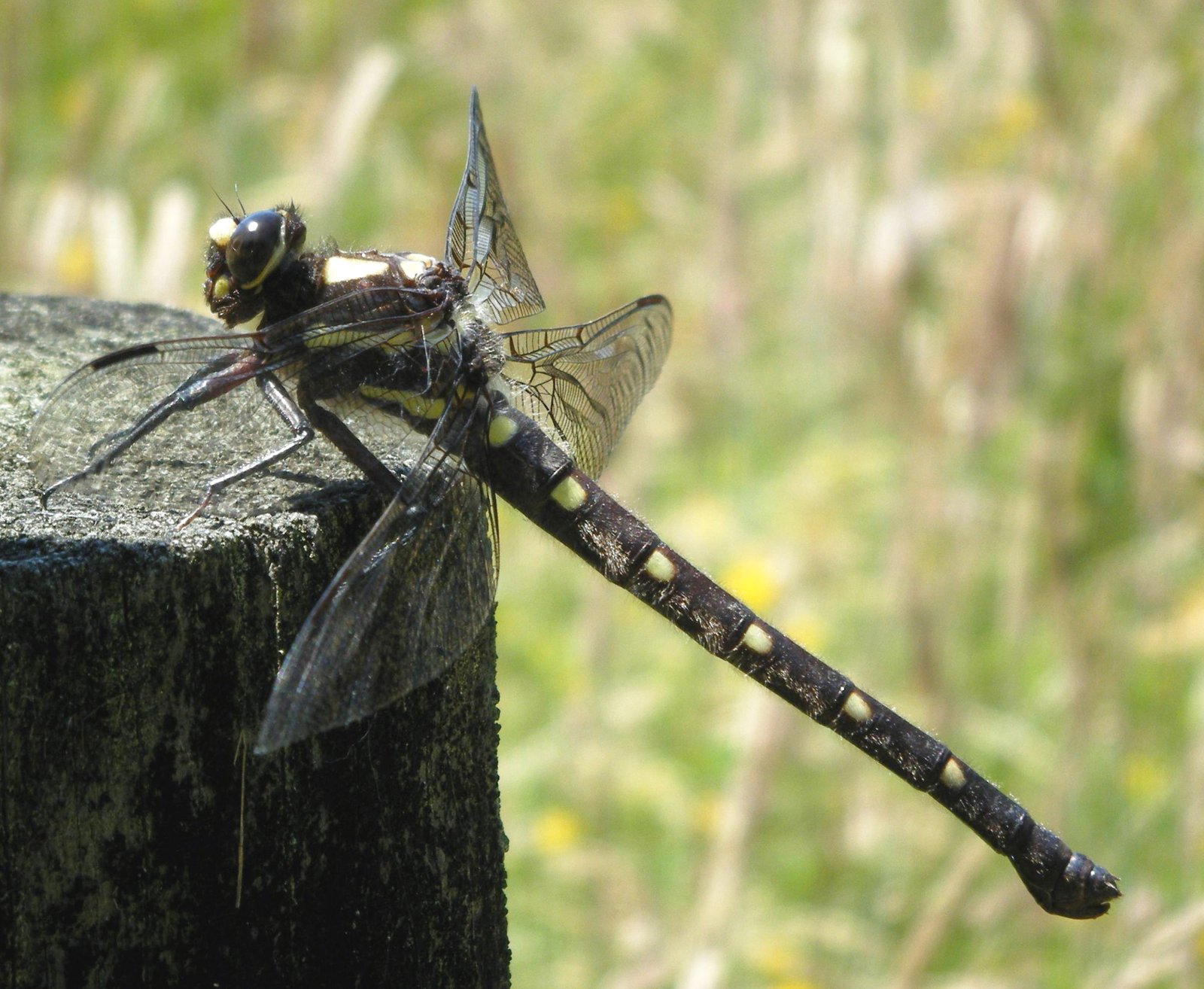
The fossil forest was a bustling ecosystem, not just a collection of trees. Giant dragonflies with wingspans up to 70 centimeters darted through the air, hunting smaller insects. Millipedes as long as your arm crawled through the undergrowth, feeding on decaying leaves. Early amphibians slithered into pools, their strange bodies halfway between fish and lizards. Even the ground teemed with life—spiders, scorpions, and beetles, all adapted to the humid, shadowy world under the canopy. These forests were the rainforests of their time, a cradle for evolution and diversity.
How the Forests Disappeared
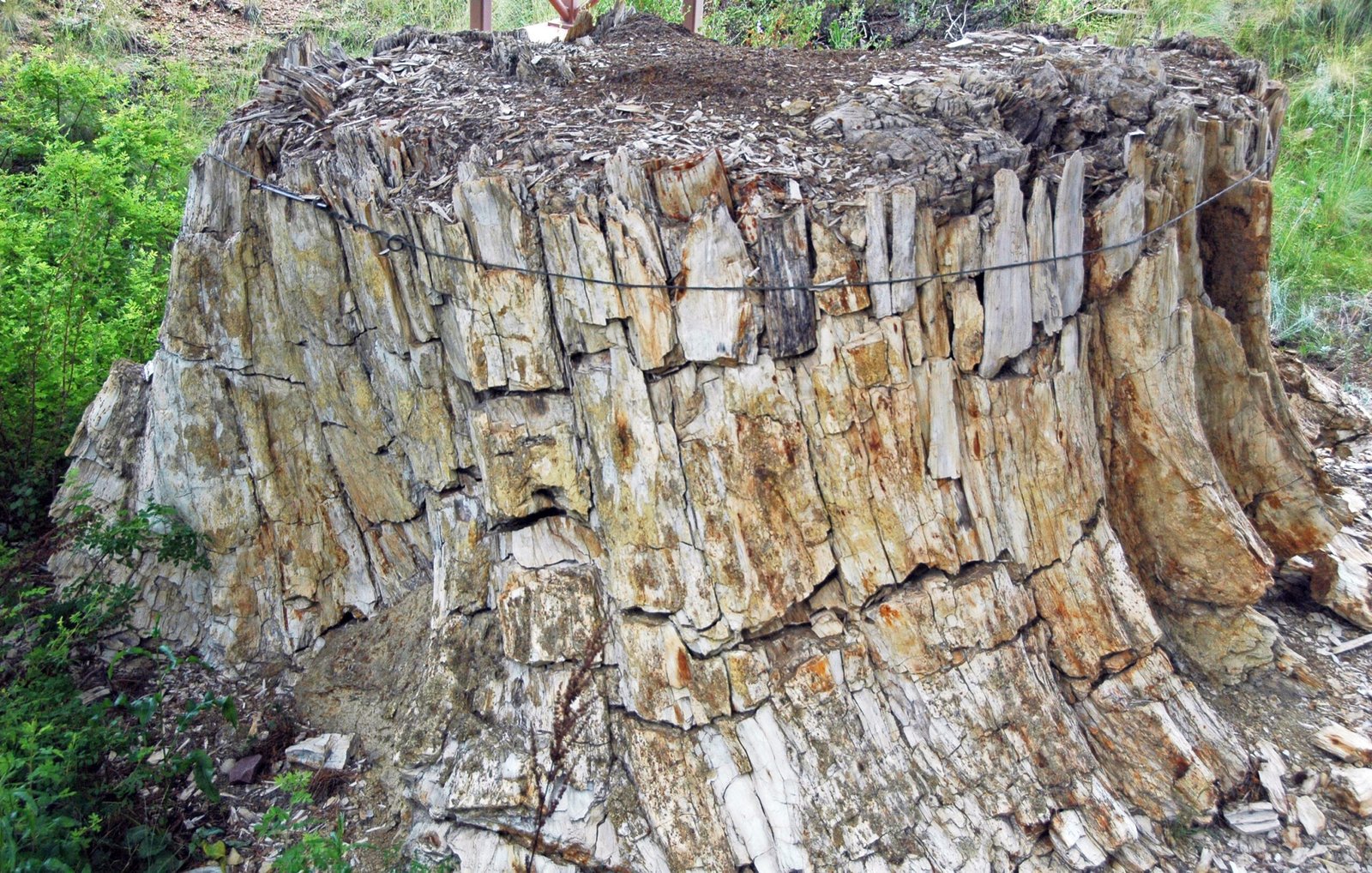
All great things must end, and so it was for the ancient forests of Wales. Geological forces began to shift the land, lifting and folding it, while the climate slowly cooled and dried. Sea levels rose and fell, flooding the swamps and burying the trees in mud. Over millions of years, the forests vanished beneath layers of rock and sediment, their memory fading into myth. Volcanic eruptions, shifting continents, and the relentless march of time all played their part in erasing the forests from the surface. What remains now is just a glimpse—a stone imprint of a lost world.
Modern-Day Discoveries on Welsh Shores
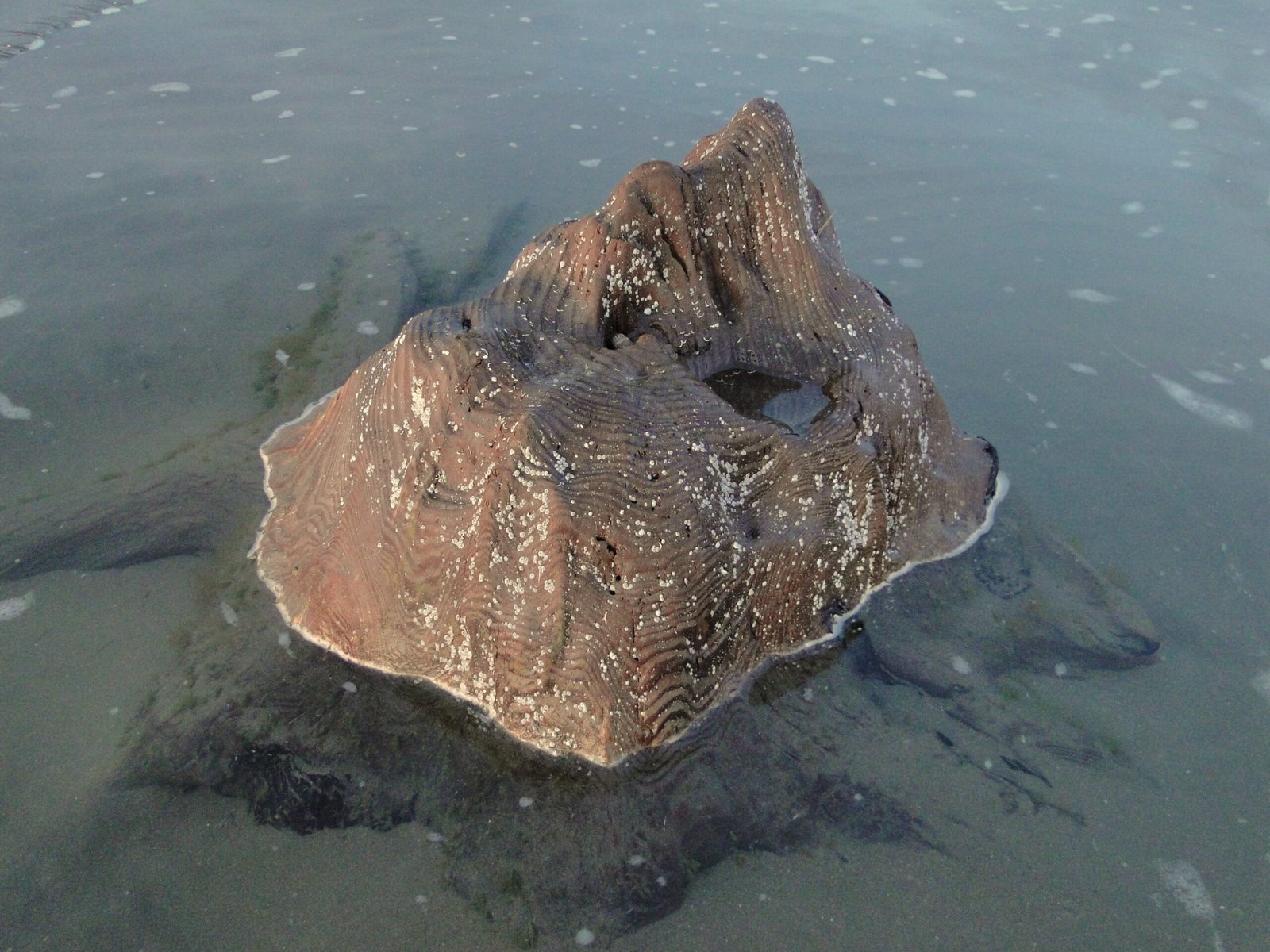
It’s easy to imagine the thrill of stumbling across the remains of an ancient tree, half-buried in the sand. In recent years, storms and heavy rains have exposed new sections of the fossil forest at places like Borth and Swansea Bay. Locals have reported seeing tree stumps and roots poking out at low tide, sometimes in places where nothing was visible just days before. Scientists rush to document and study these finds, knowing that the next storm could just as easily bury them again. Each new discovery adds a piece to the puzzle of Wales’ ancient past.
The Science of Dating Fossil Forests
How do scientists figure out the age of a fossil forest? They use a combination of clues—examining the rocks that surround the fossils, the types of plants and animals found nearby, and even the chemistry of the minerals in the fossilized wood. Radiometric dating, which measures the decay of radioactive elements, can give a precise age for the rocks. Paleobotanists—scientists who study ancient plants—compare fossil leaves and bark to those of known species, helping to place the forest in its proper spot on the timeline of life. It’s painstaking work, but it allows us to peer millions of years into the past.
What Fossil Forests Teach Us About Climate
Fossil forests are more than just ancient curiosities—they’re windows into Earth’s climate history. The types of trees, their growth patterns, and even the rings in their trunks can reveal what the world was like long ago. By studying these clues, scientists have learned that Earth’s climate has shifted dramatically over time, swinging from hot and humid to cold and dry. The fossil forests of Wales tell a story of resilience and change, showing how life adapts—or sometimes fails to adapt—to a changing world. These ancient clues help us understand our own climate challenges today.
Legends and Local Lore: Myths of the Sunken Forests
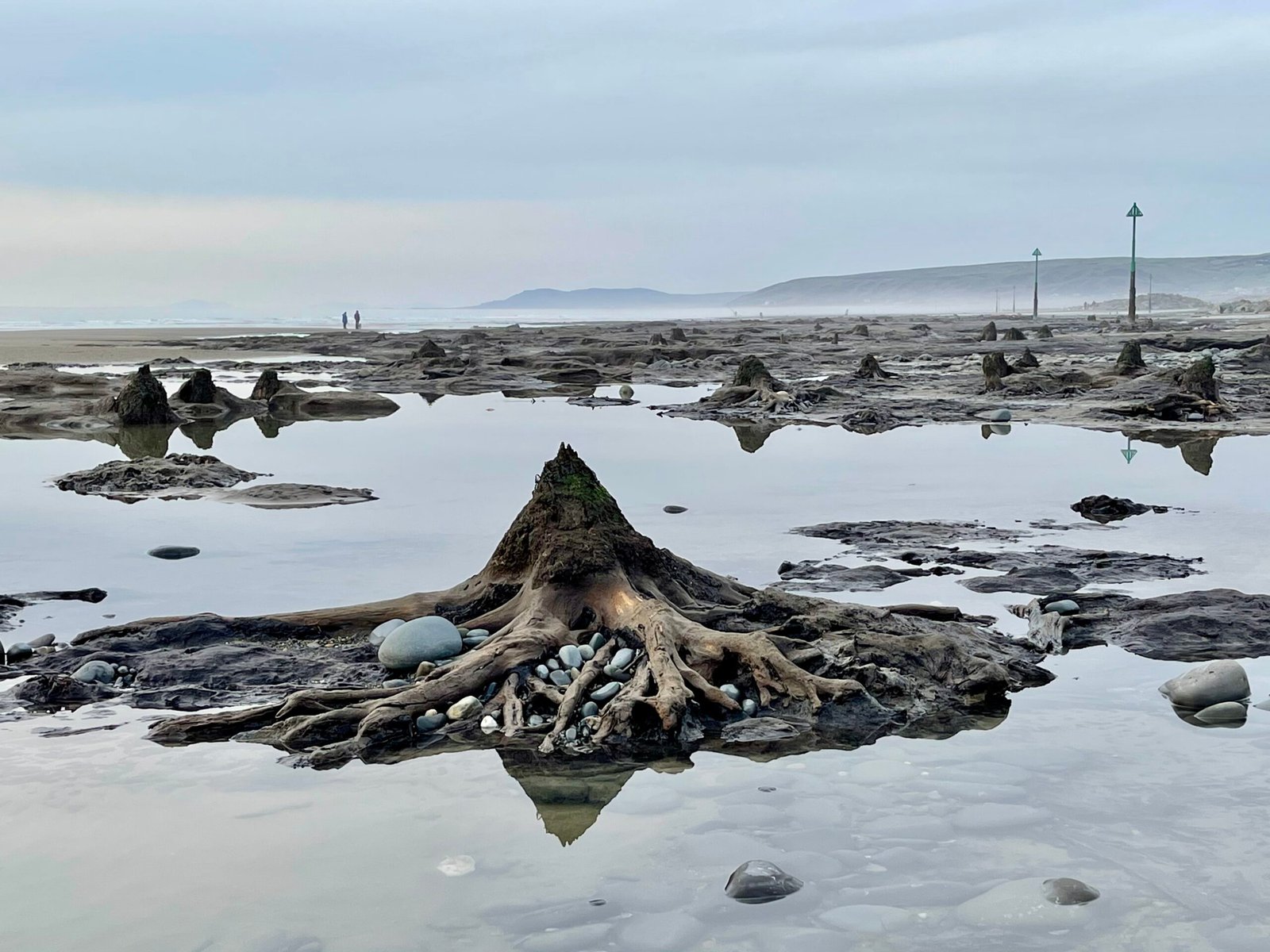
Long before scientists studied the fossil forests, local people spun stories to explain their mysterious remains. In some Welsh legends, the stumps and roots revealed at low tide were said to be the ruins of lost cities, swallowed by the sea as punishment for human folly. The tale of Cantre’r Gwaelod, a mythical kingdom drowned beneath Cardigan Bay, is perhaps the most famous. Even today, the appearance of the fossil forest after a storm can feel eerie and magical, blurring the lines between history and myth. These stories remind us that nature’s secrets often inspire wonder as well as curiosity.
Preserving the Fossil Forest for Future Generations
The fossil forest is a fragile treasure, easily damaged by storms, tides, and human activity. Scientists and conservationists work to document and protect these ancient remains, sometimes covering them with sand to shield them from erosion. Local communities play a vital role, alerting authorities when new fossils appear and helping to keep the sites clean. Education is key—by sharing the story of the fossil forest, we can inspire people to value and care for this unique window into the past. It’s a shared responsibility, a way of honoring both nature and history.
Comparisons to Other Fossil Forests Worldwide
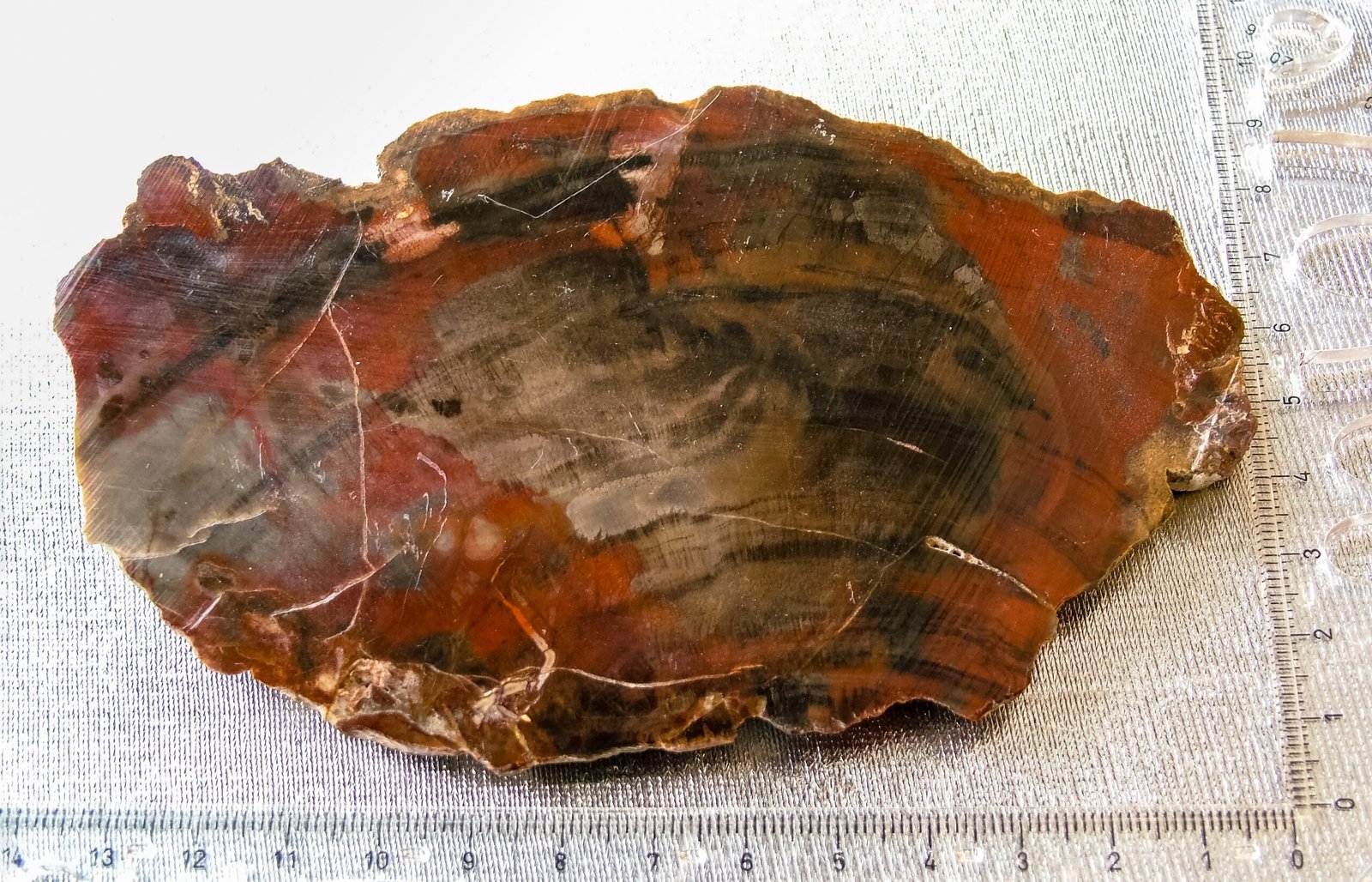
Wales isn’t the only place with ancient forests locked beneath the earth. Fossil forests have been found in places as varied as Arizona’s Petrified Forest, New Zealand’s Curio Bay, and even Antarctica. Each site tells a different story, shaped by local conditions and ancient climates. Comparing these forests helps scientists see the bigger picture—how continents drifted, climates shifted, and life evolved over millions of years. The Welsh fossil forest is a vital piece of this global puzzle, a chapter in the grand saga of Earth’s history.
The Emotional Impact of Encountering Ancient Roots

There’s something profoundly moving about standing in the presence of a fossil tree, knowing it lived and died before humans even existed. It’s a reminder of our smallness in the face of deep time, but also of our connection to the planet’s history. Some visitors describe feeling a sense of awe or even sadness—a longing for the lost worlds that once flourished here. Touching the stone roots, you might feel a spark of wonder, a desire to protect and understand what remains. It’s a powerful experience, one that lingers long after you leave the shore.
Why the Fossil Forest Matters Today

The fossil forest under Wales isn’t just a scientific curiosity—it’s a mirror reflecting both our past and our possible future. It shows us how the earth can change, how life can flourish and vanish, and how the traces of the past can shape our present. In a world grappling with climate change and environmental loss, the story of the fossil forest is both a warning and a source of hope. It reminds us that nature is resilient, but also that nothing lasts forever. What will future generations find beneath our feet?

